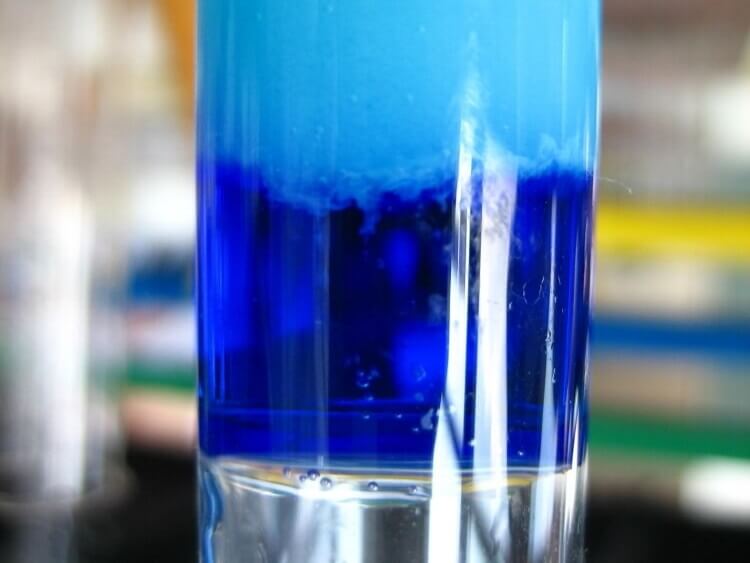Yeast
Recombinant Mouse IL-1 Receptor Antagonist
Recombinant Mouse IL-1 Receptor Antagonist
16181
IL-1F3
IL-1RA
Ambient
-20 °C
Protein
17.1 kDa
Lyophilized
recombinants
Mus musculus
Recombinants or rec. proteins
SGKRPCKMQA FRIWDTNQKT FYLRNNQLIA GYLQGPNIKL EEKIDMVPID LHSVFLGIHG GKLCLSCAKS GDDIKLQLEE VNITDLSKNK EEDKRFTFIR SEKGPTTSFE SAACPGWFLC TTLEADRPVS LTNTPEEPLI VTKFYFQEDQ (150)
The Interleukin-1 family (IL-1 family) is a group of 11 cytokines, which plays a central role in the regulation of immune and inflammatory responses to infections or sterile insults. Rec. E. coli interleukin-1 for cell culture or antibody production.
Mouse or mice from the Mus musculus species are used for production of mouse monoclonal antibodies or mabs and as research model for humans in your lab. Mouse are mature after 40 days for females and 55 days for males. The female mice are pregnant only 20 days and can give birth to 10 litters of 6-8 mice a year. Transgenic, knock-out, congenic and inbread strains are known for C57BL/6, A/J, BALB/c, SCID while the CD-1 is outbred as strain.
The antagonist receptor ligand binding will be in contrast with agonist activity. kingfisherbiotech produces more antagonist and receptor related products as 1.The receptors are ligand binding factors of type 1, 2 or 3 and protein-molecules that receive chemical-signals from outside a cell. When such chemical-signals couple or bind to a receptor, they cause some form of cellular/tissue-response, e.g. a change in the electrical-activity of a cell. In this sense, am olfactory receptor is a protein-molecule that recognizes and responds to endogenous-chemical signals, chemokinesor cytokines e.g. an acetylcholine-receptor recognizes and responds to its endogenous-ligand, acetylcholine. However, sometimes in pharmacology, the term is also used to include other proteins that are drug-targets, such as enzymes, transporters and ion-channels.
